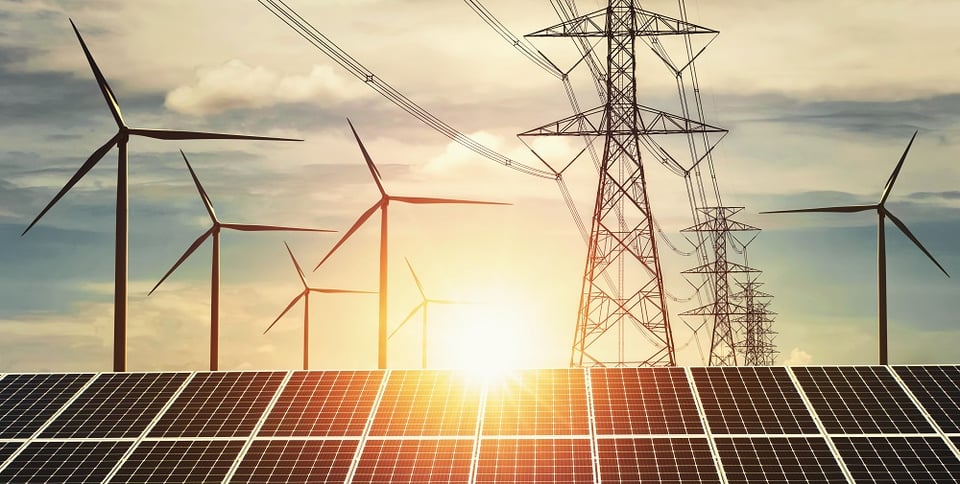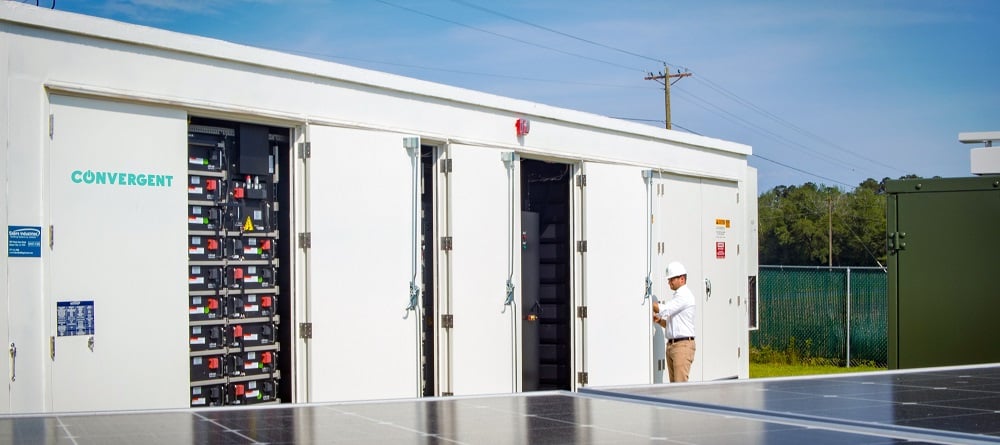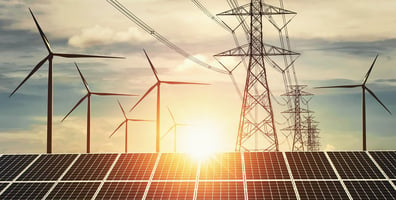Grid Planning, Demand Response, and Energy Storage: How Businesses and Utilities can Benefit

Why Demand Response and Energy Storage are Increasingly Critical
The primary job of any utility is to make sure that supply and demand remain in balance, a job that’s of utmost importance 24/7/365. But, this is increasingly difficult as demand for energy continues to rise and the mix of generation types on the grid evolves. Together, these factors create additional strain on our aging grid, requiring utilities to find new methods to better prepare for the future.
The old method goes something like this: is more energy needed? Let’s build another power plant or construct new transmission wires to carry that energy where it’s needed. Job done! But continuing down this pathway is not only time-consuming and a great permitting challenge, but it’s also expensive, carbon-intensive, and amounts to a “band-aid” until power demand outstrips supply.
Today’s more nuanced strategy involves forward-looking utilities planning ahead via demand response programs (reducing or shifting electricity usage during peak periods in response to financial incentives), deploying non-wires alternatives (NWAs), and more energy storage solutions. Combined, these tools can help utilities, and therefore their customers, avoid outdated, costly, and carbon-intensive methods of adding capacity.
How Grid Planning Looks Today
Grid planning is as old as the power sector. But what today’s utilities are moving towards is smarter grid planning. The reality of today’s power sector is that energy is being generated in a more distributed fashion: e.g., rooftop solar in one corner of the grid, offshore wind turbines on the other end of the grid, and centralized fossil-fuel power plants in the middle, rather than just the centralized power plants many of us grew up with. Further, much of the new generation is intermittent (i.e., renewables only generate electricity when the sun is shining or the wind is blowing). This means utilities cannot control when these assets will generate power, making electricity supply harder to predict—and control.
In short, delivering—and preparing for—grid reliability is a more complicated, but equally critical, task under our increasingly distributed, intermittent grid.
How Demand Response Benefits Customers and the Grid

One of the ways utilities are addressing our changing grid is with demand response programs. Demand response programs provide an opportunity for customers (primarily energy-intensive businesses) to play a significant role in the operation of the electric grid by reducing or shifting electricity usage during peak periods in response to time-based rates or other utility-led financial incentives. Put simply, demand response is when utilities encourage or incentivize their customers to shift their energy usage in ways that ease congestion on the grid.
One of the primary forms of demand response involves utilities and grid operators charging more for electricity when it is in highest demand. In other words, one form of demand response is when electricity rates are more expensive during peak periods; this incentivizes energy-intensive customers to use less energy at these peak times and reduces demand when it is needed most. The other primary form of demand response is known as real-time demand response. This is when utilities call on their customers to reduce their consumption on short notice to help supply balance with demand when it is unexpectedly needed (for example, when a power plant goes down). Customers who participate are financially compensated.
How Energy Storage Helps With Grid Planning and Complements Demand Response
In addition to demand response programs, behind-the-meter energy storage provides strategic benefits to utilities, businesses, and the grid at large. Energy storage, often in the form of battery storage, can store energy when there is a surplus and deploy it when there is a deficit. This can be done at the utility-scale or customer scale (i.e. businesses). On-site battery storage systems can save businesses money, allowing them to more easily participate in demand response programs and/or use less expensive energy, without a change in operations.
The more energy storage on the grid, whether front-of-the-meter or behind-the-meter, the more resilient the grid is for us all. Energy storage reduces the ‘immediacy’ and ‘time constraint’ aspects of grid planning. Without energy storage, electricity must be delivered in real-time from generation to consumption, which creates the challenges associated with intermittent power generation and consumption. Battery storage, however, chemically stores that energy, removing the need to use energy at the exact moment it is generated, and storing it for the more strategic times.
Why Energy Storage is a “Win-Win-Win” for Businesses, Utilities, and the Grid

Energy storage helps everyone.
For utilities, energy storage can reduce the need for building out costly infrastructure upgrades, reduce wholesale demand and energy costs, and integrate renewables. Reducing business energy usage during times of peak demand helps with grid sustainability, costs, and reliability at the same time. It benefits the business, the utility, the community, and supports the clean energy transition.
For energy-intensive businesses, battery storage allows them to store energy when rates are low (or potentially free with on-site solar generation!) and to consume that power when energy rates are high or during a demand response event. Energy storage makes utility customers more willing and agile demand response participants, and it also allows more flexibility in grid planning. Energy-intensive businesses, such as manufacturing facilities, tend to have more predictable load patterns (and are among utilities’ highest volume customers). These customers have an outsized impact on the grid.
The bottom line is that energy storage is a win-win-win.
Learn how Much Energy Storage can Benefit Your Organization
Energy storage is necessary for our power system; it’s the key to not only saving money but also creating a more flexible grid. We’re having more and more conversations with businesses and utilities that are looking to deploy a battery storage system to reduce costs, increase sustainability, and improve reliability.
If you’re interested in learning more about how energy storage can benefit your organization, please contact us today for a free, customized evaluation.
.jpeg?height=200&name=AdobeStock_28815016%20(1).jpeg)

